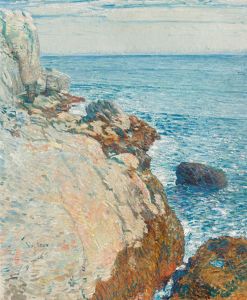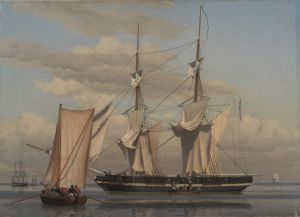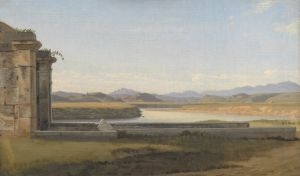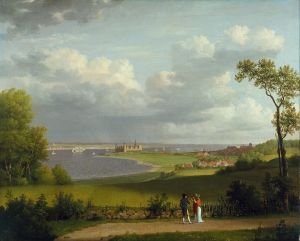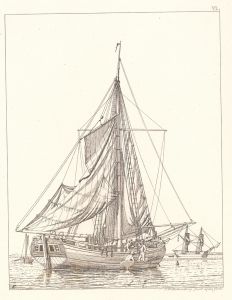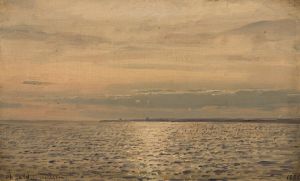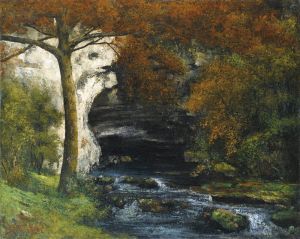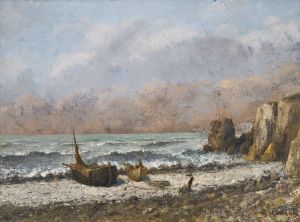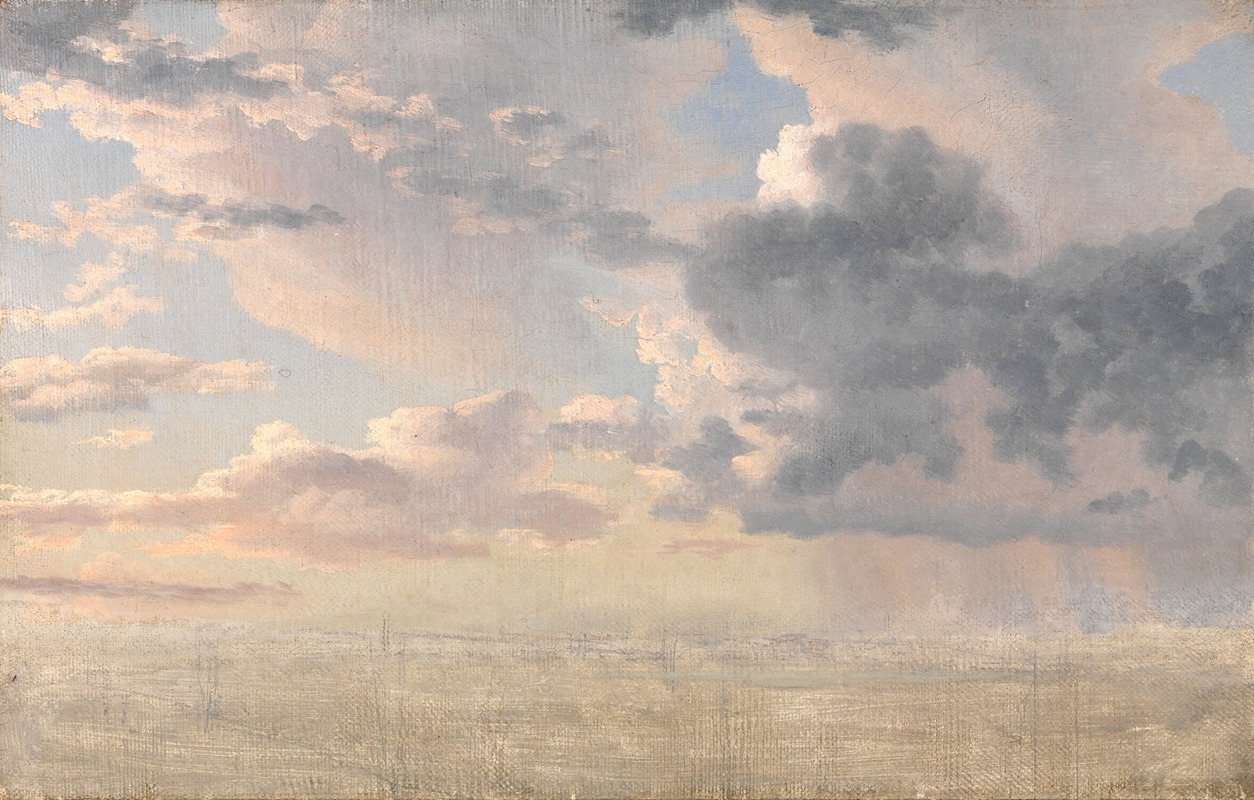
Study of Clouds over the Sound
A hand-painted replica of Christoffer Wilhelm Eckersberg’s masterpiece Study of Clouds over the Sound, meticulously crafted by professional artists to capture the true essence of the original. Each piece is created with museum-quality canvas and rare mineral pigments, carefully painted by experienced artists with delicate brushstrokes and rich, layered colors to perfectly recreate the texture of the original artwork. Unlike machine-printed reproductions, this hand-painted version brings the painting to life, infused with the artist’s emotions and skill in every stroke. Whether for personal collection or home decoration, it instantly elevates the artistic atmosphere of any space.
Christoffer Wilhelm Eckersberg, often referred to as the "father of Danish painting," was a prominent figure in the Danish Golden Age of painting. His work, "Study of Clouds over the Sound," exemplifies his keen interest in natural observation and his dedication to capturing the subtleties of the natural world. Painted in 1826, this piece is a testament to Eckersberg's meticulous approach to art and his ability to convey the transient beauty of nature.
Eckersberg was born in 1783 in Blåkrog, Denmark, and he studied at the Royal Danish Academy of Fine Arts in Copenhagen. His education and subsequent travels to Paris and Rome exposed him to the neoclassical style, which greatly influenced his artistic development. However, it was his return to Denmark and his focus on the Danish landscape that marked a significant shift in his work, leading to the creation of pieces like "Study of Clouds over the Sound."
The painting itself is a study, as the title suggests, focusing on the atmospheric conditions over the Øresund, the strait that separates Denmark from Sweden. This work is part of a series of cloud studies Eckersberg undertook, reflecting his fascination with meteorological phenomena and his desire to understand and depict the ever-changing sky. The painting captures a moment of serene beauty, with clouds drifting across the sky, their forms and colors subtly shifting in response to the light.
Eckersberg's approach to this study was methodical. He often painted en plein air, directly observing the natural environment to capture its essence accurately. This practice was somewhat revolutionary at the time and laid the groundwork for later movements such as Impressionism. His attention to detail and his ability to render the delicate interplay of light and shadow demonstrate his technical skill and his deep appreciation for nature.
"Study of Clouds over the Sound" is characterized by its soft color palette and the gentle gradation of tones, which convey a sense of tranquility and harmony. The composition is balanced, with the horizon line placed low in the frame, allowing the sky to dominate the scene. This emphasis on the sky reflects Eckersberg's interest in the atmospheric and his ability to convey the vastness and dynamism of the natural world.
Eckersberg's cloud studies were not merely artistic exercises but also scientific inquiries. He was interested in the classification and understanding of clouds, a pursuit that aligned with the broader scientific interests of the 19th century. His work in this area contributed to the development of landscape painting in Denmark, influencing a generation of artists who followed in his footsteps.
Today, "Study of Clouds over the Sound" is appreciated not only for its aesthetic qualities but also for its historical significance. It represents a moment in art history when artists began to look more closely at the natural world, seeking to capture its fleeting beauty with precision and care. Eckersberg's work continues to be celebrated for its contribution to the Danish Golden Age and its enduring influence on the landscape genre.







